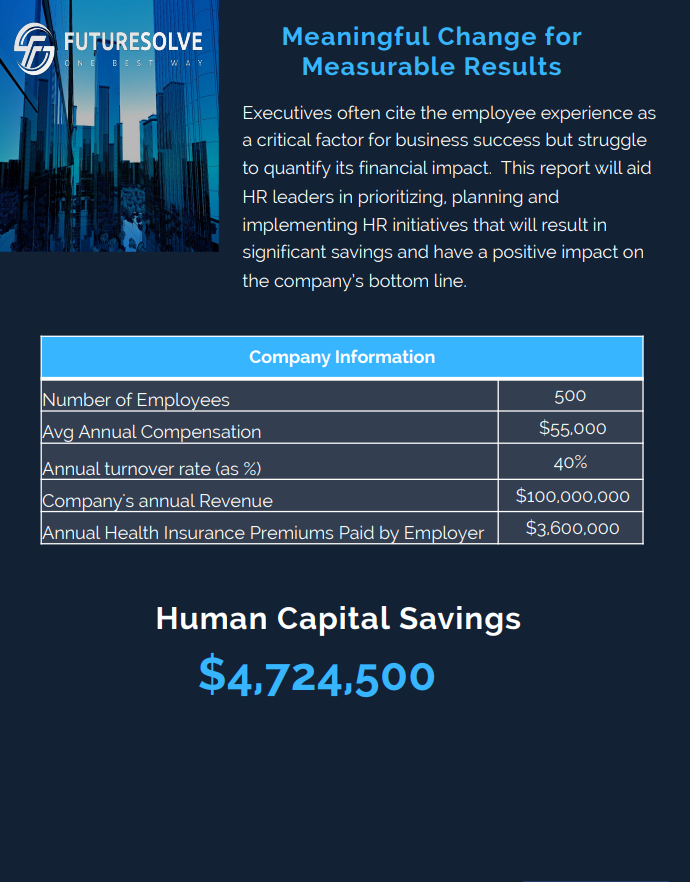An agile leader is expected to possess the ability as well as capability to assess the overall risk while deciding courageously and acting quickly to meet the ongoing changing environment. The leader should also ensure the generation of desired results while developing the capability of others to ensure the same.
Some of the key drivers of leadership agility that you should look into are:
1. A Sense of Purpose
Agile leaders should emphasize building and sharing a common purpose and understanding. There should be a vision of change that remains applicable and meaningful to the entire organization. The primary role of an agile leader is to be aware of what remains in the minds and hearts of the respective colleagues. Then, they should aim at unifying and aligning the given values into inspired purpose and action.
Agile leadership requires immense clarity of purpose and vision with agility in implementation. Therefore, agile leaders should be capable of holding their overall focus on the end purpose or goal while understanding and pivoting attempts towards reaching the goal through the ever-changing terrain.
2. Confidence Generation
Agile organizations feature even low-level individuals getting the authorization to make important decisions. For some agile leaders, it might require some practice along with the confidence to learn to engage effectively with the respective employees. In some instances, comprehensive coaching exercises can deliver opportunities for the leaders to understand what it will take to invest proper time and efforts in the development of personal relationships with team members.
The overall effort to adopt the agile mindset will require the development of trust across the organization -starting with leaders. Therefore, it is imperative for them to show confidence within teams to make proper decisions.
3. Accountability
Coaching agile teams to achieve higher performance and relevant terms like accountability, feedback, ownership, and responsibility are crucial. In an agile team, every individual is responsible for the overall output. Together, the entire team is responsible for the team’s output. As an agile group, the team is given ownership of the final results.
Accountability, in agile leadership, can be regarded as the term referring to the willingness of the individual or the team to remind one another when they might not be living up to the performance expectations. It relates to the behavior of the team and, therefore, is quite subjective.
4. Change Anticipation
Agile leaders are expected to be flexible and proactive in response to the ongoing or changing demands. This implies the anticipation of changes by having an initial plan to handle the same. Agile leaders should also be capable of iterating on the dedicated plan with time as the goalposts will shift.
Agile leadership is all about making the difference between organizations that tend to be proactive in the ongoing face of change and those that remain reactive. Agile leaders serve to be the cornerstone for building an agile culture and ensuring effective change management.
5. Objectives Prioritization
Agility in an organization requires well-defined business goals and a core focus on priorities. Once your organization prepares the list of core tasks, you are expected to execute the activities with immense focus.
Prioritization in leadership agility implies the choice to prioritize and arrange things in different orders. It is the process of determining the order in which the respective agile team will be working on the completion of the objectives.
6. Resilience
Resilient organizations are the ones that prosper and rebound after business disruption takes place. It is because they are agile, adaptive, and sustainable. Resilient organizations will feature resilient leaders observing changes as relevant opportunities for ensuring continued growth.
Resilient organizations can ensure leadership agility by getting more committed employees, establishing the right priorities, promoting proactive & positive attitudes, and understanding the learning perspective.
How is Our Coaching Program Going to Help You?
Future Solve comes forth with a dedicated coaching program for leadership agility. The company extends comprehensive executive leadership development coaching to support high-end people strategies for the business. Our conferences and coaching programs include speaking engagements and coaching offsites with professional executive teams. Our programs help organizations position towards achieving success.
We work with leaders of the organization to prepare for an acquisition or merger. We also aid in setting up the right people strategy to ensure seamless processes and successful implementation.





























